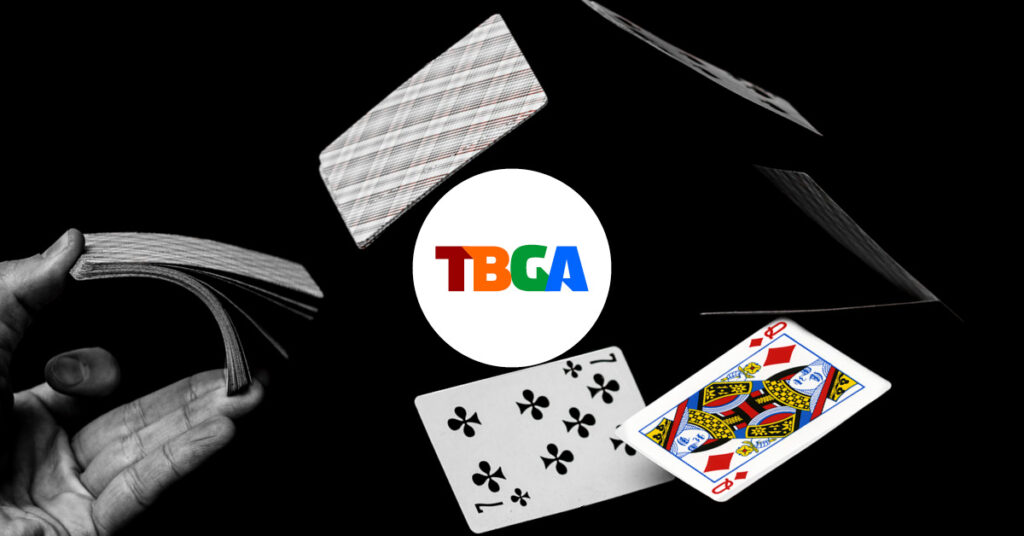
Marketers, Propagandists, and Con Men
Marketers, propagandists, and con men all have the same goal: getting people to act in a way that helps achieve their objectives. Each relies on a set of activities that build trust with their target. The main difference is whether they use deception to achieve their goal.
Propaganda: By any means necessary
The propagandist relies on biased or misleading information to promote a particular point of view. Scammers use deception to take money, free will, or a combination of possessions from their victims. Trust is the primary weapon that these magicians leverage, and the ability to trust is ultimately the most valuable asset taken from their victims.
Deceptive advertising is essentially business propaganda. The practice is illegal and accountability groups are beginning to push regulators to enforce the standards. Earthworks, Global Witness, and Greenpeace USA jointly filed an FTC complaint against Chevron for deceptive advertising days after Chevron announced its “higher returns, lower carbon” plan that outlines production plans that may increase its overall emissions. The March 2021 complaint says that Chevron, one of the world’s largest polluters, is overstating its investment in renewable energy, commitment to reducing fossil fuel pollution, and racial-justice orientation. It outlines numerous direct violations of the FTC’s Green Guides citing “false and misleading claims” in advertising and marketing campaigns.
Let’s see where the facts lead. In the end, Chevron may be using marketing as a sleight of hand to misrepresent its environmental record and investments in CleanTech. Is the company’s goal is to distract its audience and disguise its role as one of the world’s largest corporate polluters? Only time (and more information) will tell.
Marketing: A force for good
Rather than obfuscate, good marketing educates. It gives its audience as much (or more) than it takes. Good marketing helps its audience make decisions by delivering reliable and accurate information.
One of the best marketers of all time was not a marketer by trade. Astronomer Carl Sagan was a scientist. Time magazine called him “America’s most effective salesman of science” when he was on its cover in 1980.
Sagan used multiple channels to spread his message. At Harvard and Cornell, he helped lay the groundwork for two new scientific disciplines: planetary science and exobiology. Carl Sagan was also a NASA adviser, a writer, and host of the television series “Cosmos,” a NYT best-selling writer, and a frequent guest on the Johnny Carson Show. He was prolific. A masterful storyteller, Carl Sagan made astrophysics easily digestible to the general public. He used his skills to inspire a generation of STEM students, including Neal Degrass Tyson.
A firm believer in “good” marketing, Carl Sagan created a Baloney Detection Kit to help people guard themselves against the con in any form. One of my favorite pieces of advice in Sagan’s kit, “Try not to get overly attached to a hypothesis just because it’s yours.” In other words, just because you want something to be true does not mean that it is.
Detecting the difference
The ability to detect the difference between marketing and propaganda is what I call “the anti-con”. We are constantly being bombarded with information — from marketers, propagandists, gurus, con men, and more — sometimes without our knowledge. The good news is that you can better equip yourself to sniff out the baloney if you practice the following “good” marketing guidelines.
- Diversity is the backbone of marketing strategy and execution. Always encourage substantive debate by knowledgeable proponents with differing points of view. Try to poke holes into your claims and presentation because your audience – and your competitors – will.
- Build your positioning and messaging on claims and benefits that can be verified or tested (and make those available for fact-checkers). As soon as you can, get independent confirmation of claims and benefits through certifications and awards.
- Avoid relying on claims based purely on expert opinion. Experts can help you navigate the unknown, but they are not infallible. Proper data analysis often surpasses expert opinion. Remember when Theranos and uBiome were celebrated as leading innovators revolutionizing healthcare?
- There are multiple ways to solve a problem, so always consider more than one solution. Work with others to objectively compare each hypothesis, actively searching for reasons to knock your favorites out of the running. Some of the worst ideas come from a focus group of one.
- Carefully consider how you will test your hypotheses because qualitative outcomes can justify almost anything. Start by quantifying the goal and outlining other quantitative results that can weave together a story. Every link in the chain of your hypotheses must work, especially the premise.
- When considering whether (or how) to promote certain benefits or use cases, choose the simpler one. Most philosophers believe that, other things being equal, simpler theories are better. And your customers will tend to use Occam’s Razor to help them select your offering from the competition.
With practice, you can improve the results that marketing delivers. As you develop your marketing muscles, you will also be better prepared to spot others’ shortcuts to credibility. Always ask, “Why?” The answers that you find will be enlightening.
